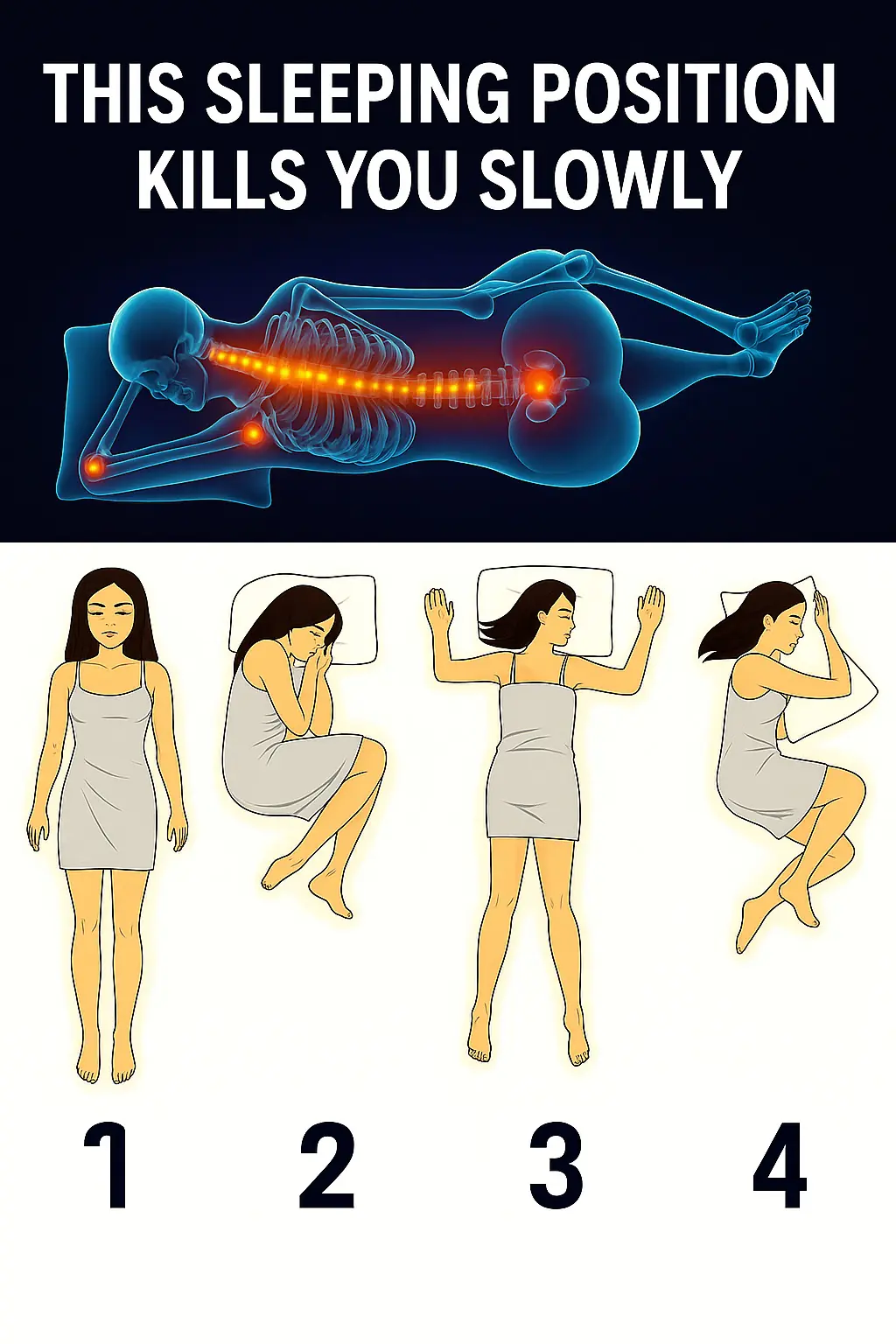
Silent Symptoms of Anemia You Should Never Ignore
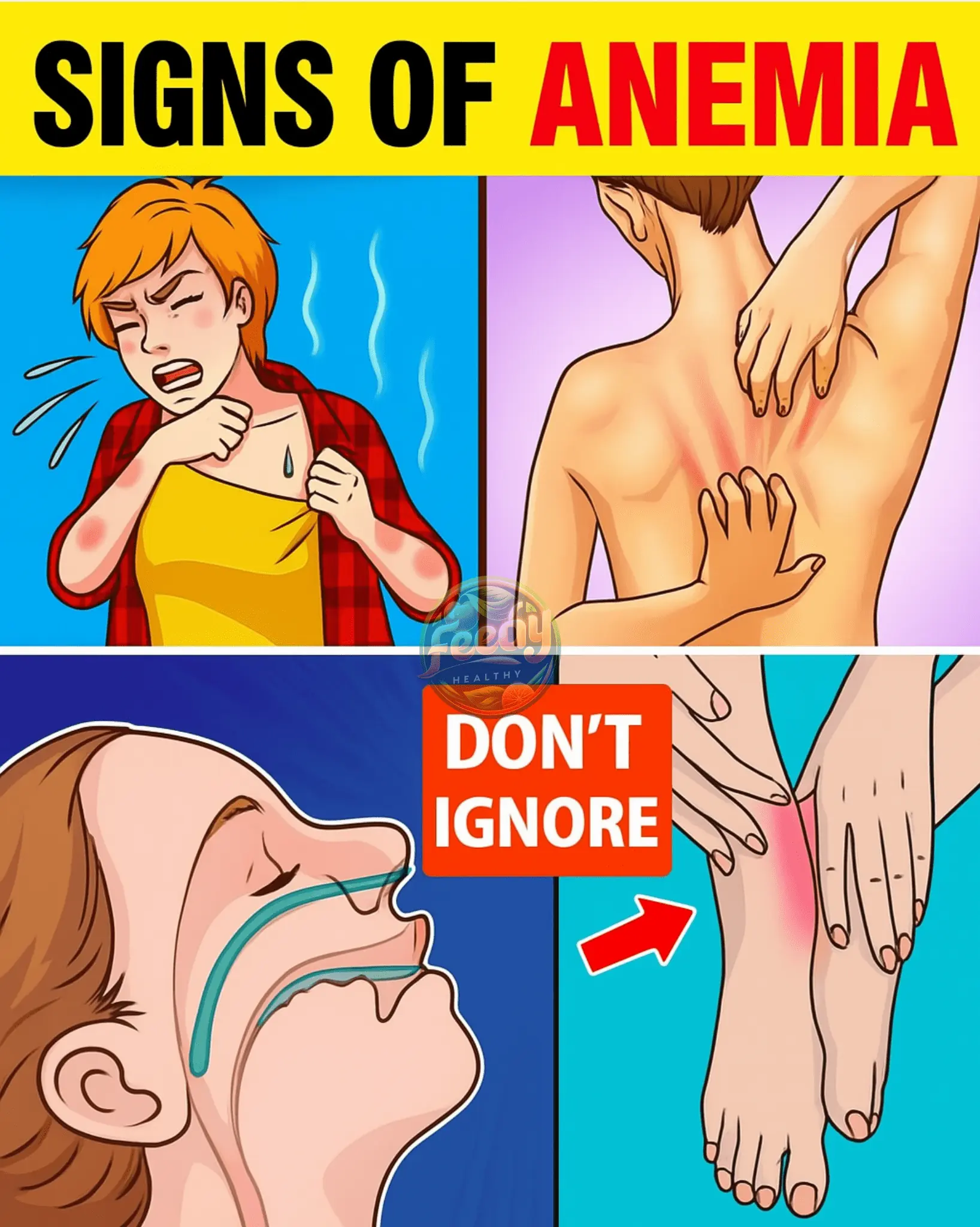
12 Silent Signs of Anemia You Should Never Ignore
Anemia is a condition where your body lacks enough healthy red blood cells to carry sufficient oxygen to your organs and tissues. While some symptoms are obvious, many are easy to miss—mistaken for everyday stress or exhaustion.
If left untreated, anemia can lead to serious complications. Here are 12 subtle but critical signs to watch for:
1. Persistent Fatigue
Feeling constantly tired even after a good night’s sleep? That sluggishness could be due to reduced oxygen delivery to your muscles and brain, leaving you drained throughout the day.
2. Pale or Yellow-Tinged Skin
Take a look at your face, inner eyelids, or nail beds. If they appear pale or slightly yellow, it may be a sign of reduced red blood cell count—a common indicator of anemia.
3. Shortness of Breath
Struggling to catch your breath after light activity like walking or climbing stairs? Your body may be trying to compensate for low oxygen levels by increasing your breathing rate.
4. Dizziness or Lightheadedness
Feeling woozy when standing up or moving suddenly can signal poor oxygen flow to your brain. In more severe cases, anemia can even lead to fainting spells.
5. Cold Hands and Feet
When oxygen is limited, your body prioritizes vital organs. As a result, blood flow to the hands and feet decreases—making them feel unusually cold.
6. Frequent Headaches
Recurring headaches or migraines can be triggered by reduced oxygen in your bloodstream. Your brain’s blood vessels may dilate in response, causing pressure and pain.
7. Heart Palpitations
If your heart is racing or beating irregularly, it might be working overtime to circulate oxygen. Palpitations can be a warning sign that your cardiovascular system is under strain.
8. Chest Pain
In severe or long-term cases of anemia, chest pain or tightness—especially in people with heart conditions—should be taken seriously. It may indicate the heart is being overworked.
9. Brittle Nails or Hair Loss
When the body lacks iron or nutrients, it redirects resources away from hair and nails. This can cause hair thinning or brittle, fragile nails.
10. Unusual Cravings (Pica)
Do you crave ice, dirt, clay, or starch? This strange urge is known as pica and may signal iron deficiency anemia.
11. Restless Legs Syndrome (RLS)
Anemia, particularly iron deficiency, can cause crawling or tingling sensations in the legs—especially at night—resulting in the constant need to move.
12. Loss of Appetite
A reduced desire to eat—especially in children—can be an early sign of anemia. Over time, this can affect growth and lead to more nutrient deficiencies.
When to See a Doctor
If you experience several of these symptoms, don’t ignore them. Anemia can be caused by:
-
Iron, vitamin B12, or folate deficiency
-
Chronic illnesses like kidney disease or cancer
-
Heavy menstruation or internal bleeding
-
Bone marrow disorders
A simple blood test can confirm if your hemoglobin or iron levels are low.
Treatment and Prevention
Treatment depends on the cause, but the most common type—iron deficiency anemia—is usually managed through:
-
Iron-rich foods (red meat, leafy greens, lentils, beans, fortified cereals)
-
Iron supplements (as advised by your doctor)
-
Vitamin C-rich foods (like oranges, bell peppers, and tomatoes) to improve iron absorption
Other types may require B12 or folate supplements, medications, or even blood transfusions in severe cases.
Final Thoughts
Anemia doesn’t always shout—it often whispers through subtle signs like fatigue, pale skin, and cold extremities. But your body is trying to tell you something.
Listen to those signals. Early diagnosis and treatment can dramatically improve your energy, concentration, and quality of life.
If you found this article helpful, share it with someone who may need it. You just might change a life.
News in the same category

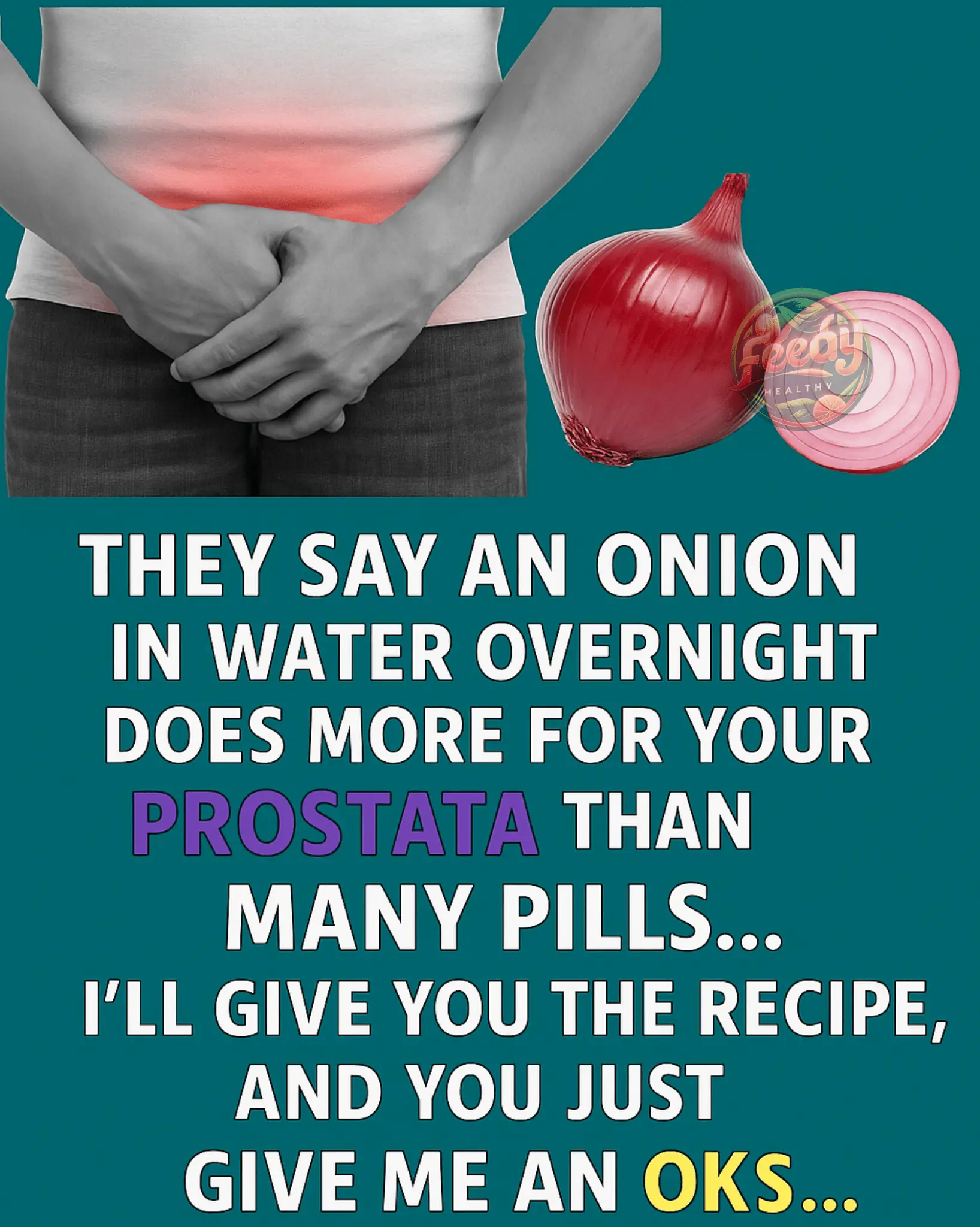
Benefits of Onion in Water: A Natural Remedy for the Prostate

Eliminates bloated belly, clears urinary infections, and cleanses fatty liver.
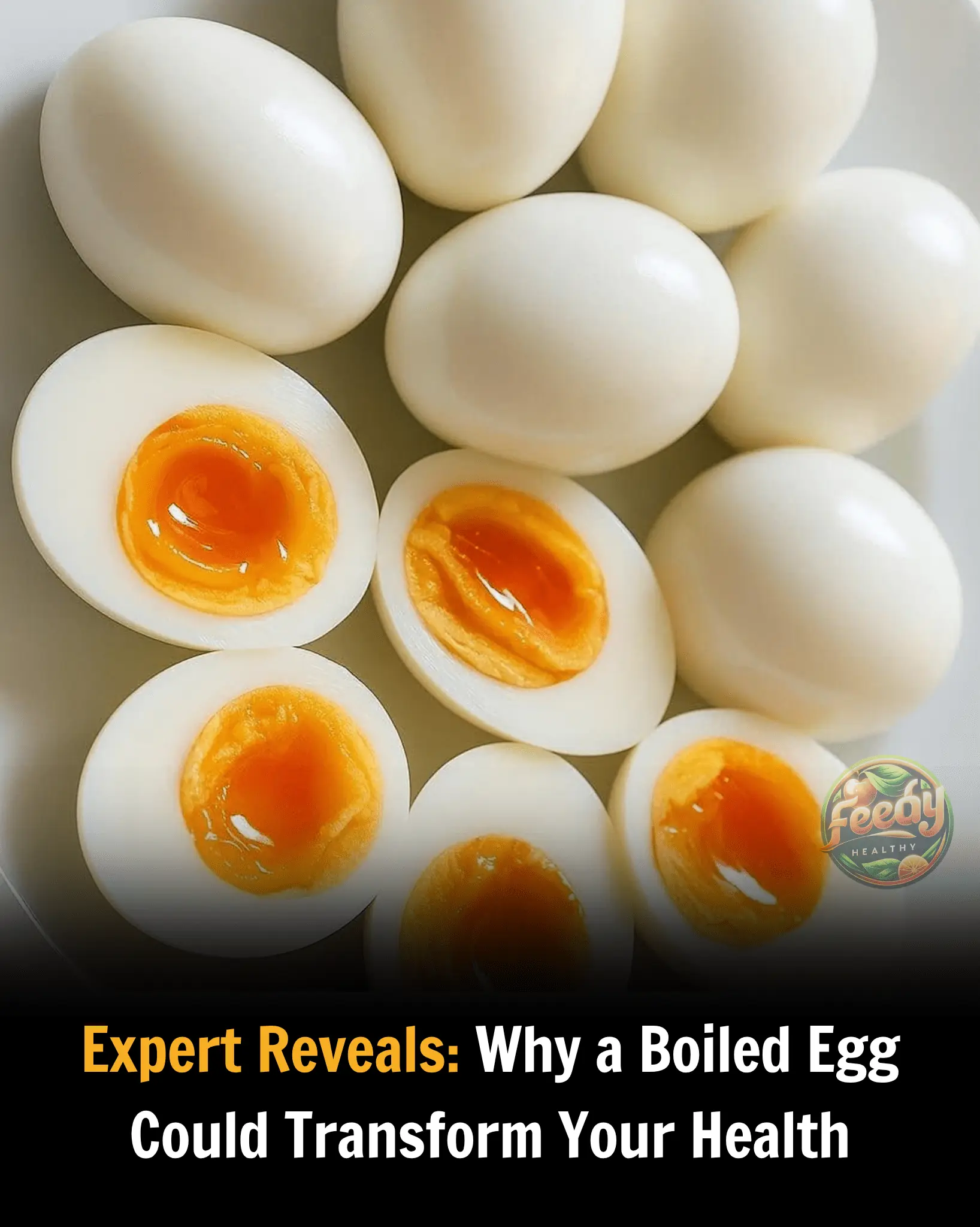
Expert Reveals: Why a Boiled Egg Could Transform Your Health
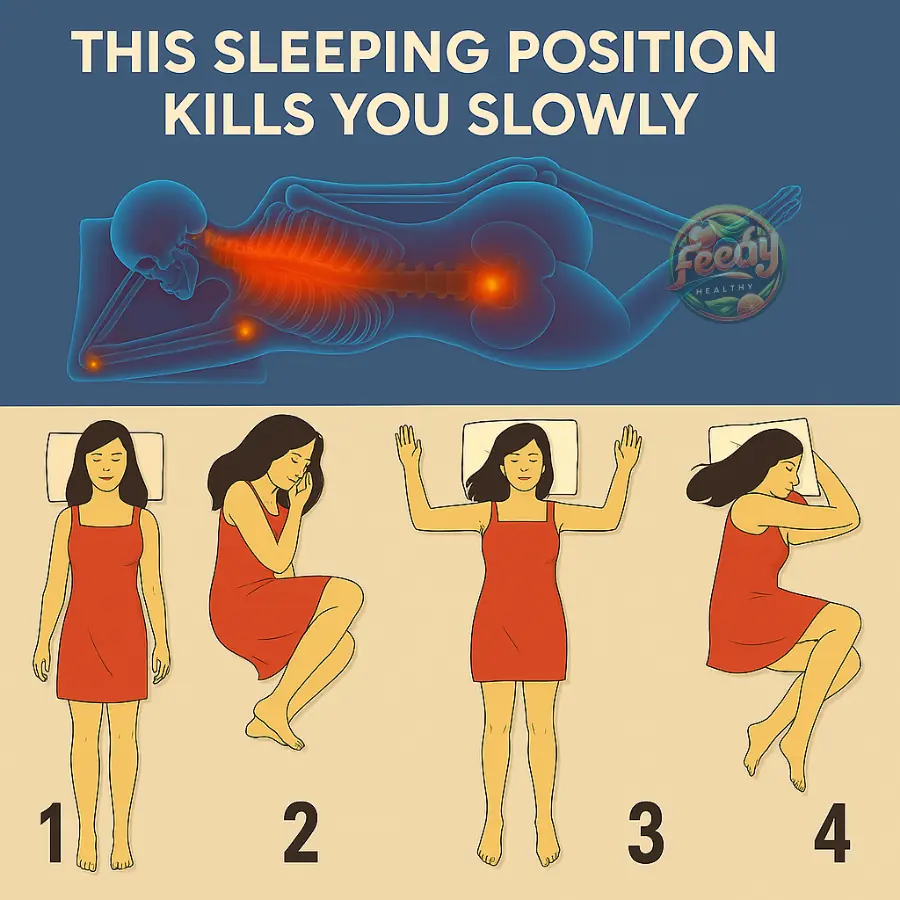
The Most Dangerous Sleeping Position: What You Didn’t Know

5 Things Doctors Say You Should Never Give Your Kids to Help Prevent Cancer

5 Foods Dubbed “Vacuum Cleaners” for the Lungs: Eat Them Regularly to Cleanse Your Lungs
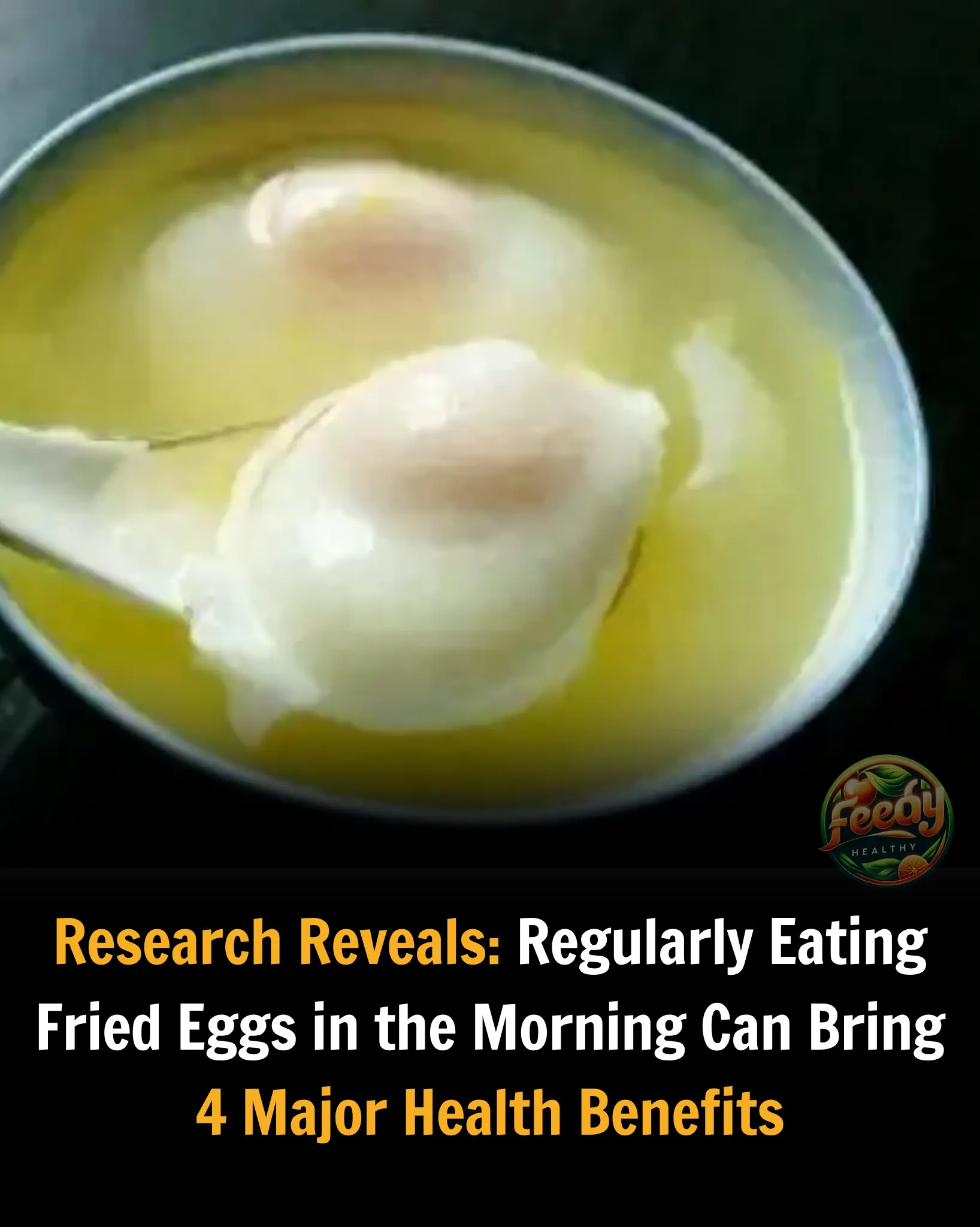
Research Reveals: Regularly Eating Fried Eggs in the Morning Can Bring 4 Major Health Benefits
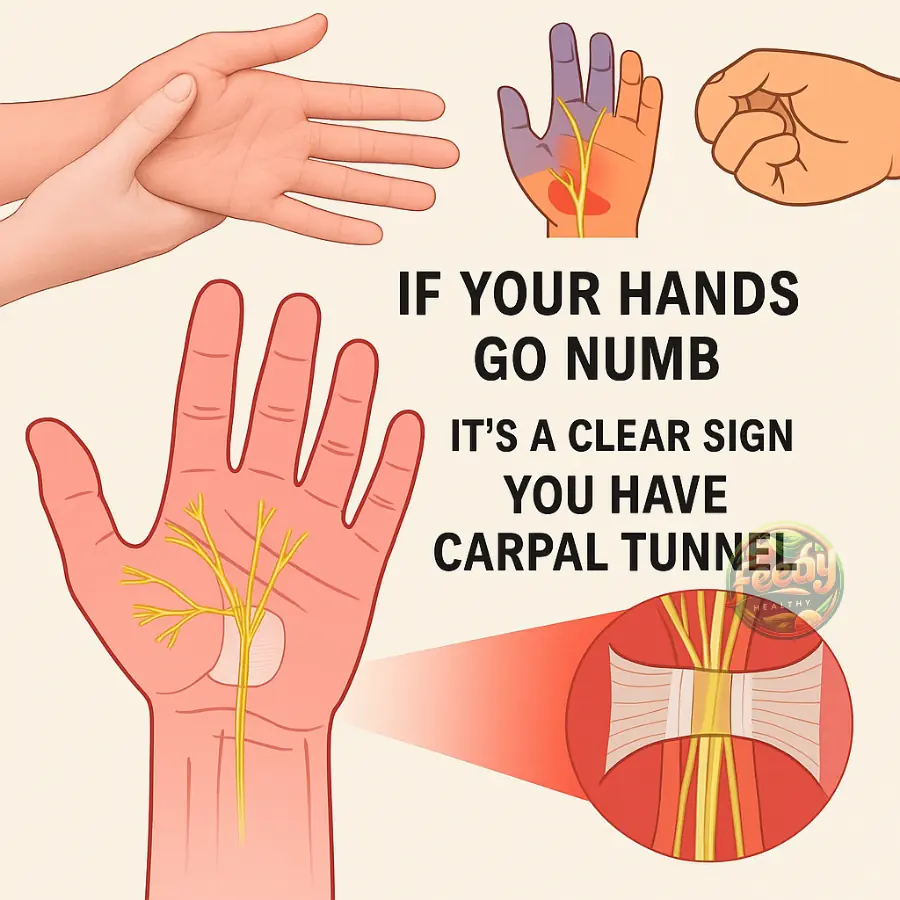
Why Do Your Hands Go Numb? Signs and Solutions to Improve Your Health
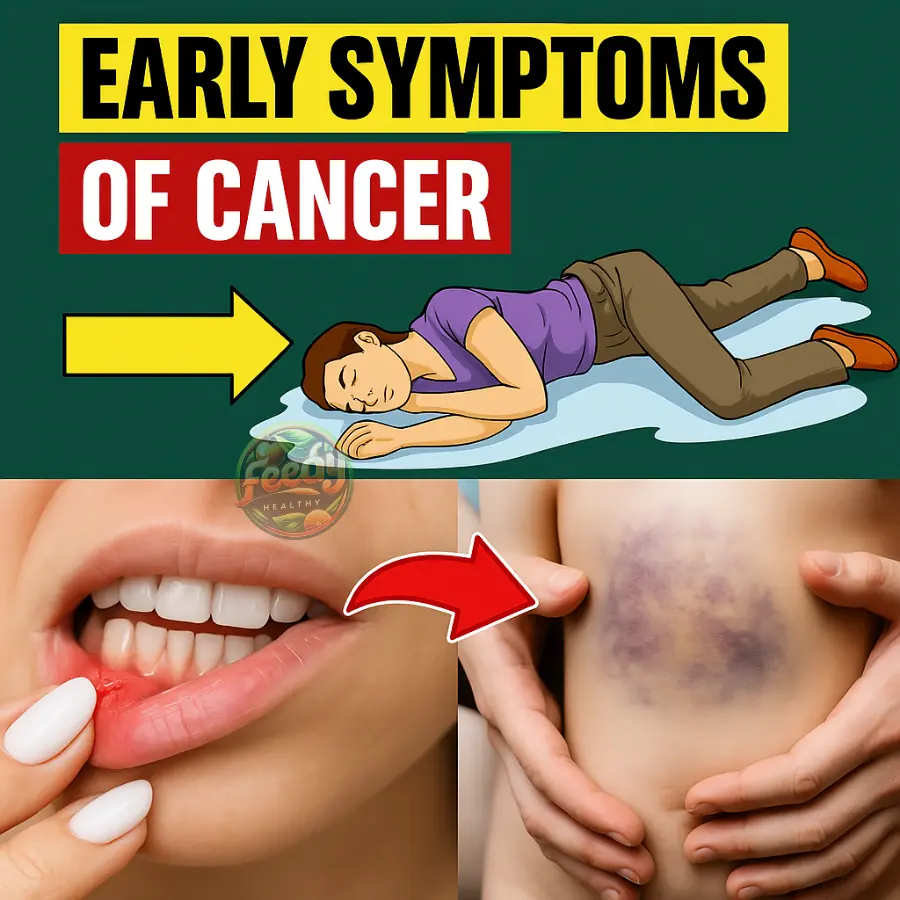
12 Silent Signs of Cancer You Shouldn't Ignore
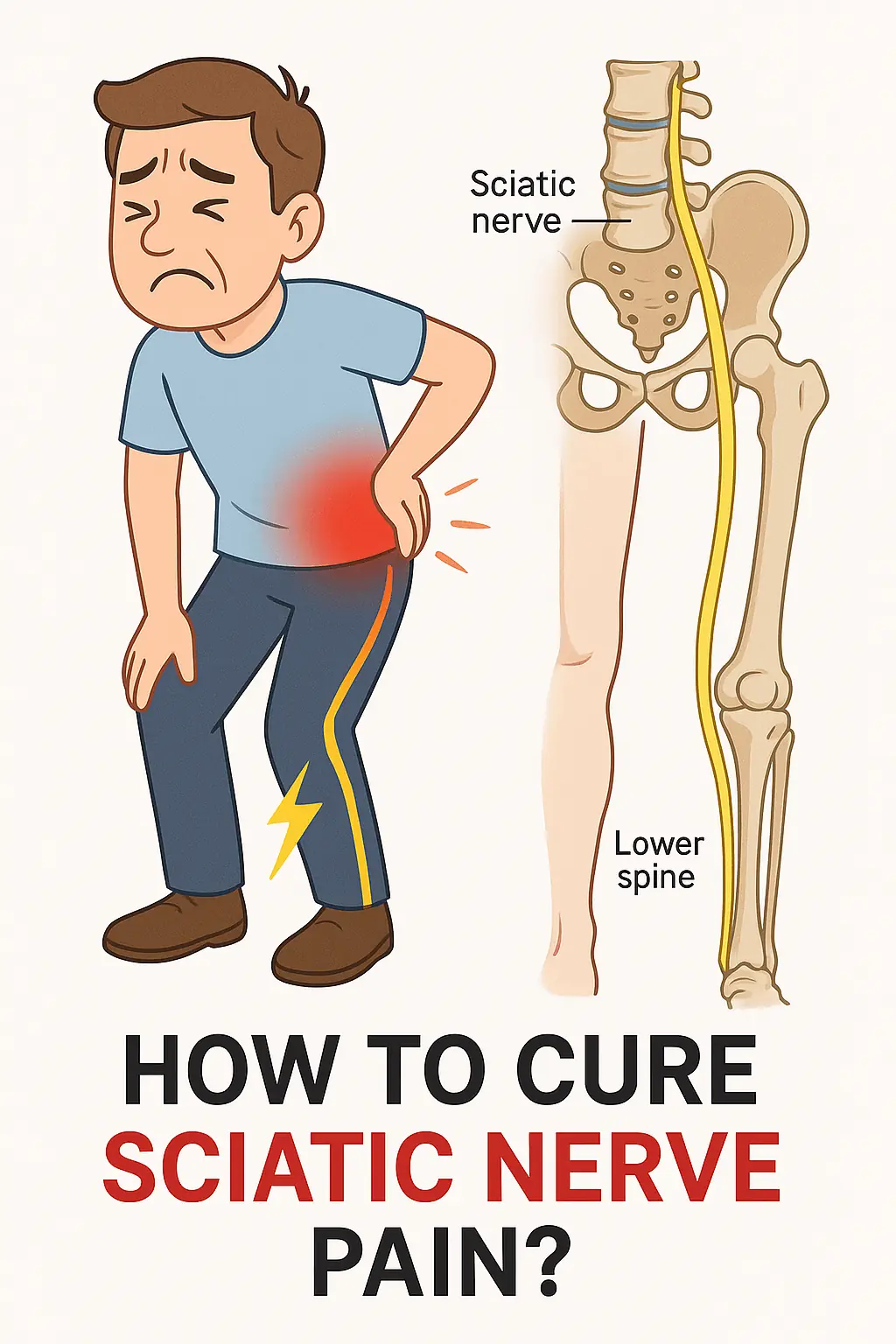
How to Cure Sciatic Nerve Pain: A Guide to Natural Remedies

Onion and Peels: Natural Remedies for Bladder and Prostate Health

8 Signs You Have Too Much Sugar in Your Body
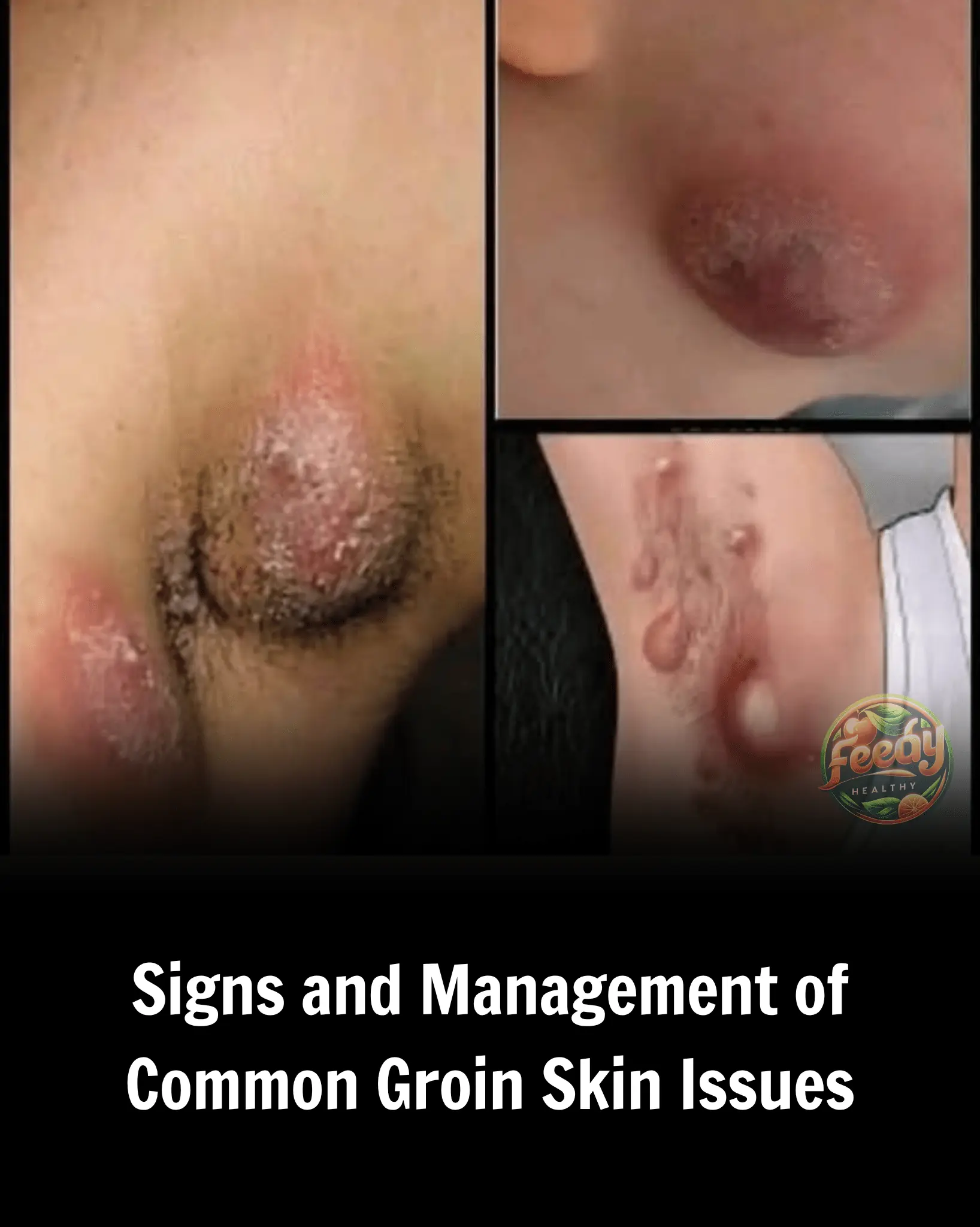
Signs and Management of Common Groin Skin Issues
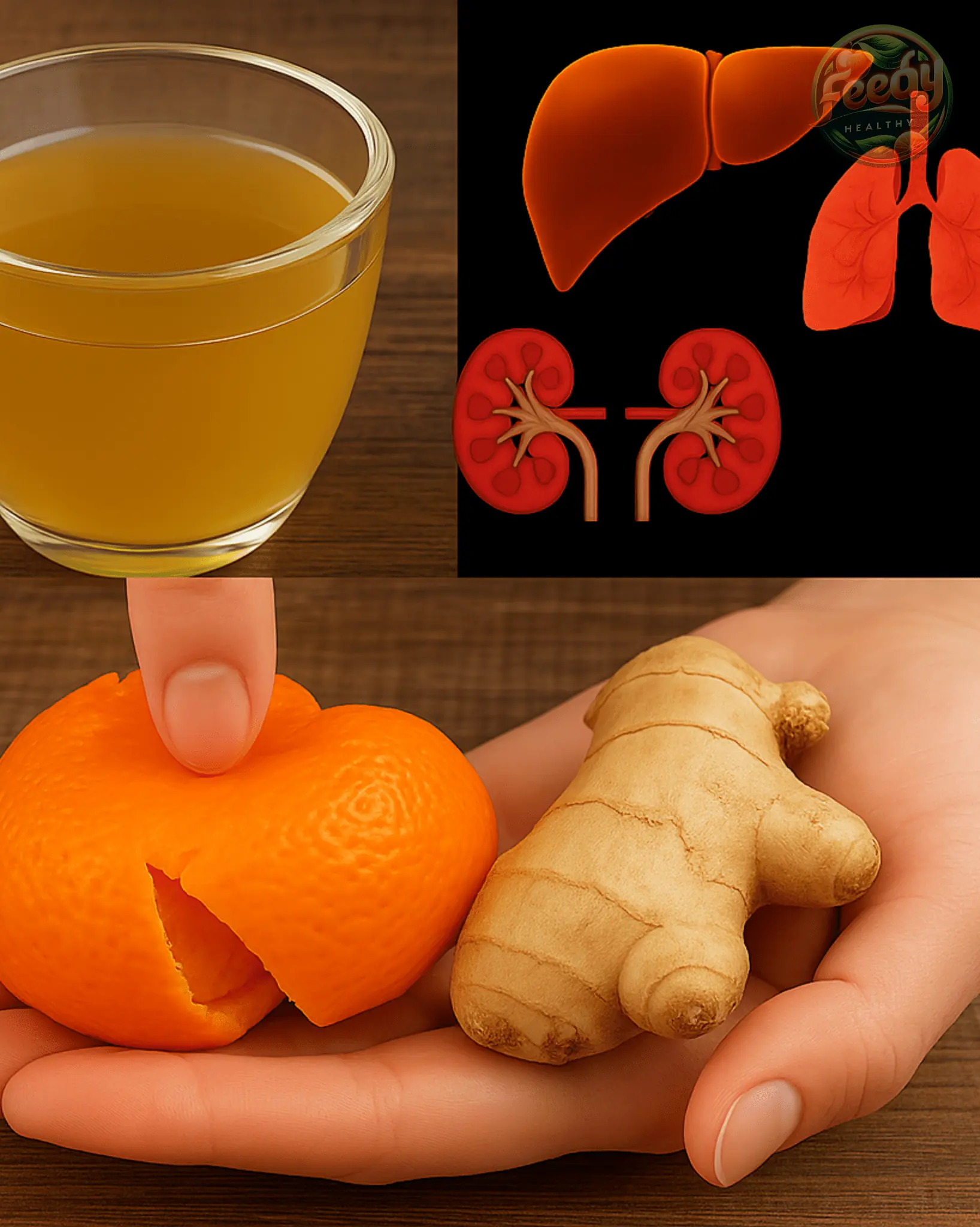
Unveiling Nature’s Detox Secrets: Gently Cleanse Your Kidneys, Liver, and Lungs
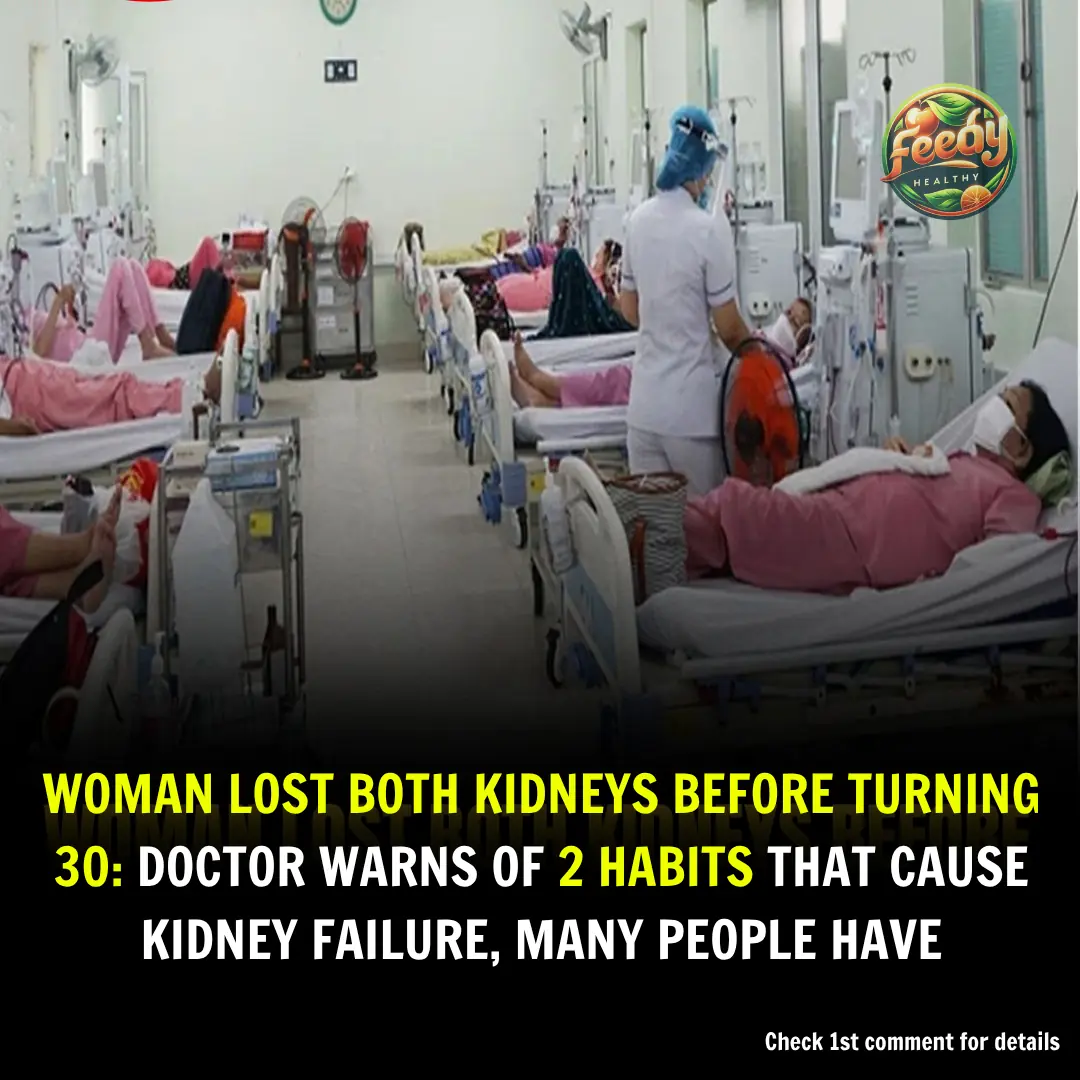
Why Kidney Failure Is Striking The Young—And How To Stop It
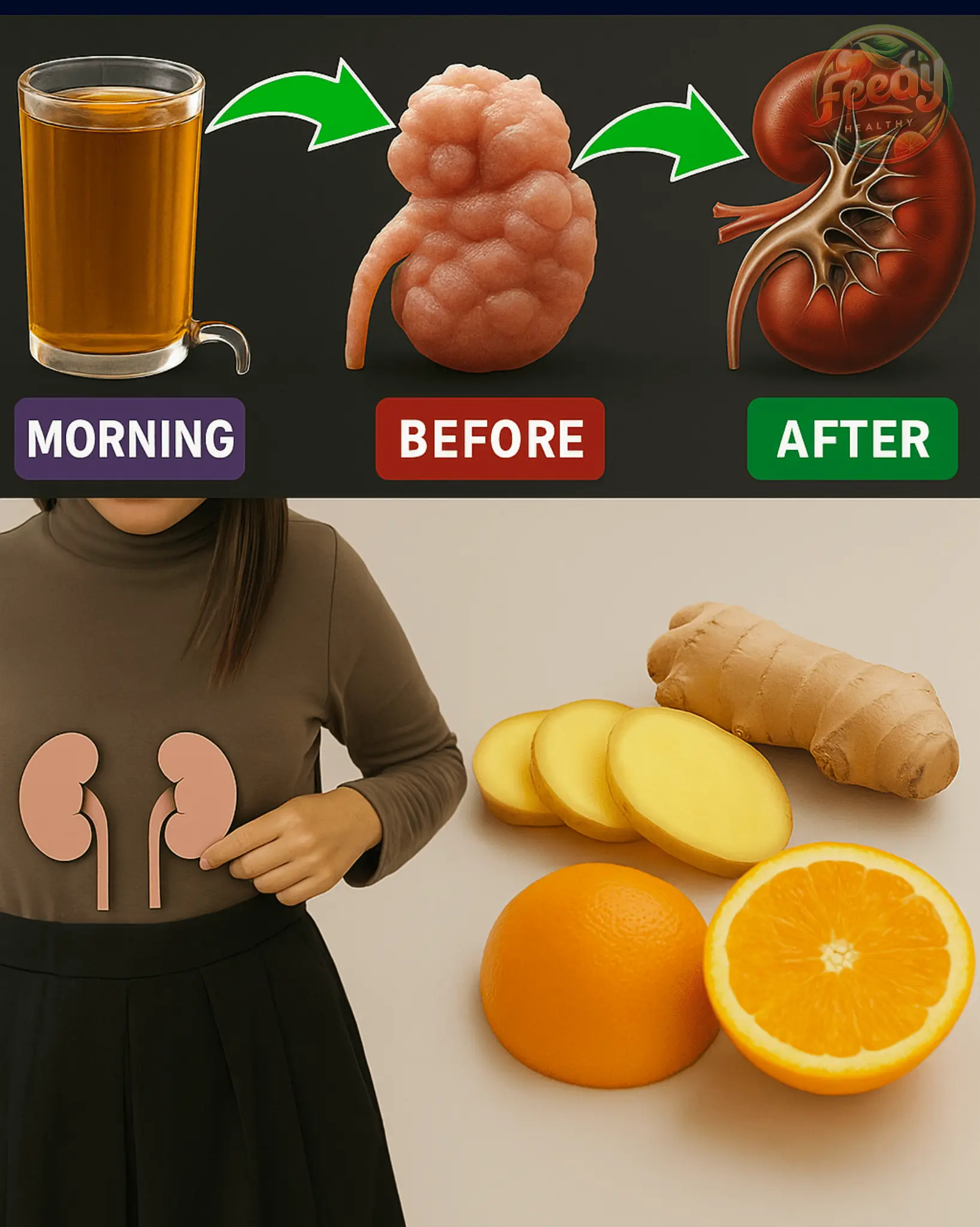
Tangerine and Ginger: The Detox Duo You Didn’t Know You Needed
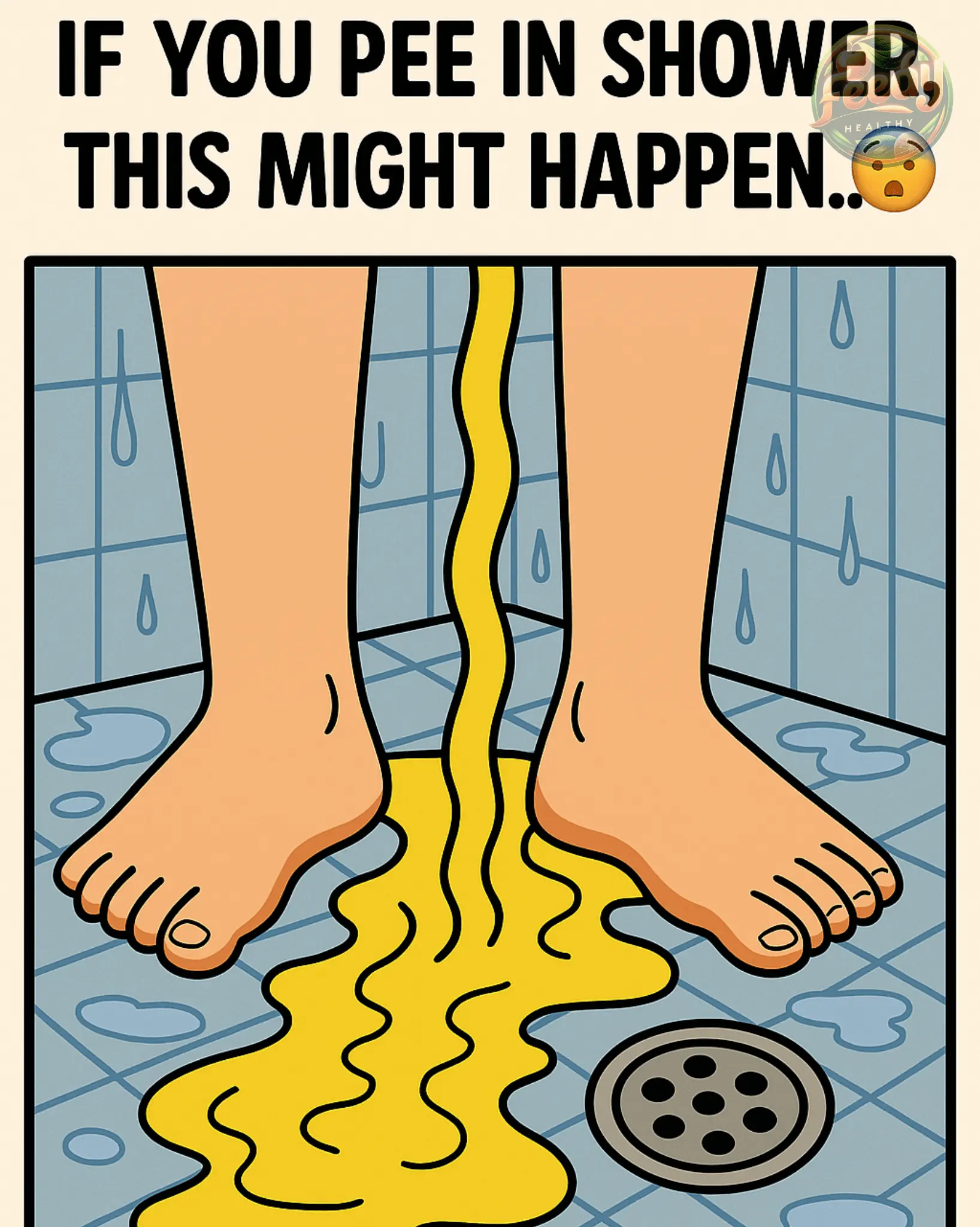
If You Pee in the Shower: Myths, Facts, and Possible Consequences
News Post

💗 Pink Oreo Dream Bars

🍓 Decadent Chocolate Strawberry Cake
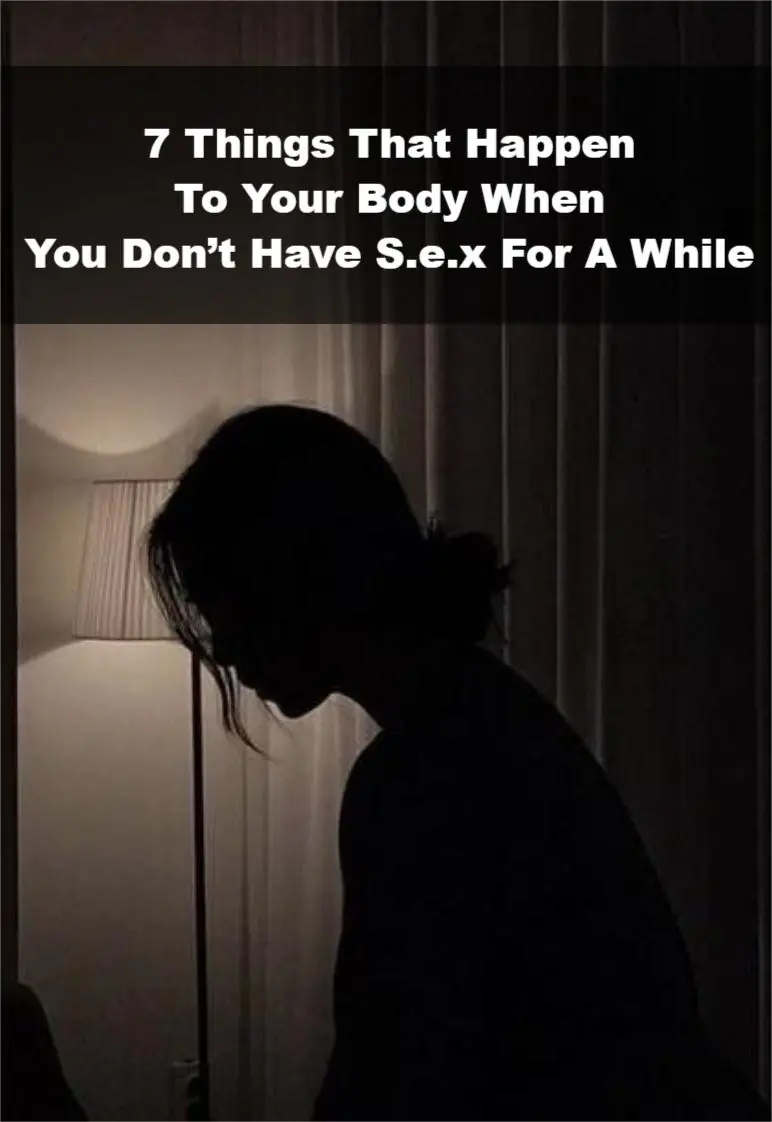
7 Things That Happen To Your Body When You Don’t Have Sex For A While

Why are your veins suddenly bulging and visible?

7-Eleven Employee Dies After Being Left Brain-Dead in Shocking Incident Involving Manager

Stomach Bug Sickens Over 140 People on Caribbean Cruise, Forcing Passengers and Crew to Isolate in Cabins

🌘 The Longest Total Solar Eclipse of the Century Is Coming — August 2, 2027

🌠 Twin Meteor Showers Set to Illuminate the Night Sky July 29–30, 2025 🌠
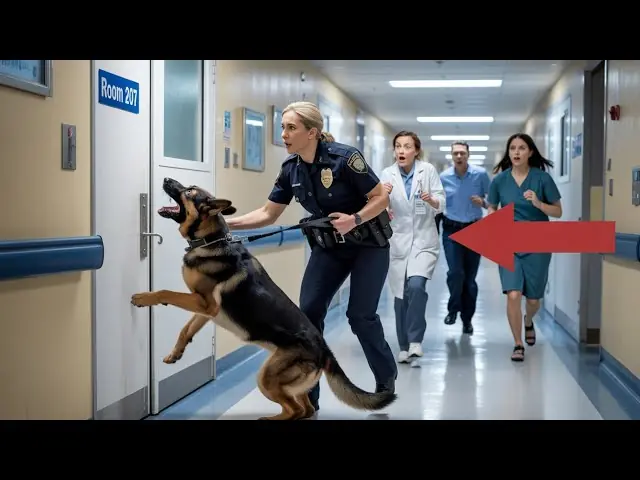
K9 dog wouldn’t stop barking at room 207 in a hospital – what they found inside was horrifying

Transform Your Day with the Ultimate Almond Banana Avocado Smoothie

Sip Strength Before Sleep: The Cucumber & Pomegranate Elixir for Unstoppable Vitality at Any Age

Nature’s Power Trio: Garlic, Honey, and Cloves for Vibrant Wellness

Dog waiting to be adopted ‘cries’ every night – shelter posts sad photo as one last hope
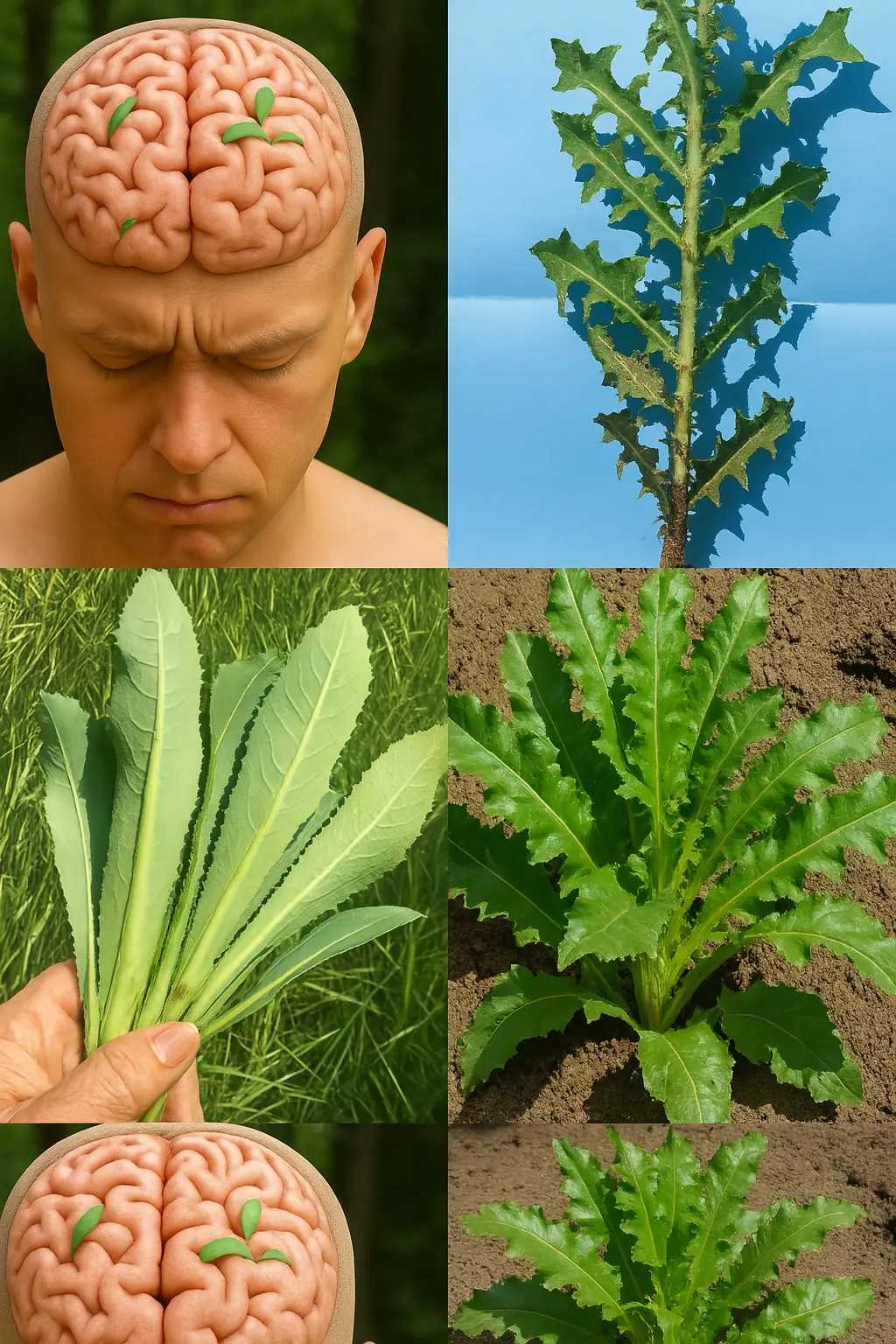
The Hidden Power of Prickly Lettuce: The Unpretentious Wonder of Nature ....

🍫 Triple Chocolate Drip Cake with Truffles & Ganache Drip

My neighbor requested that I care for her 6 children – I called children services a couple of hours after she left
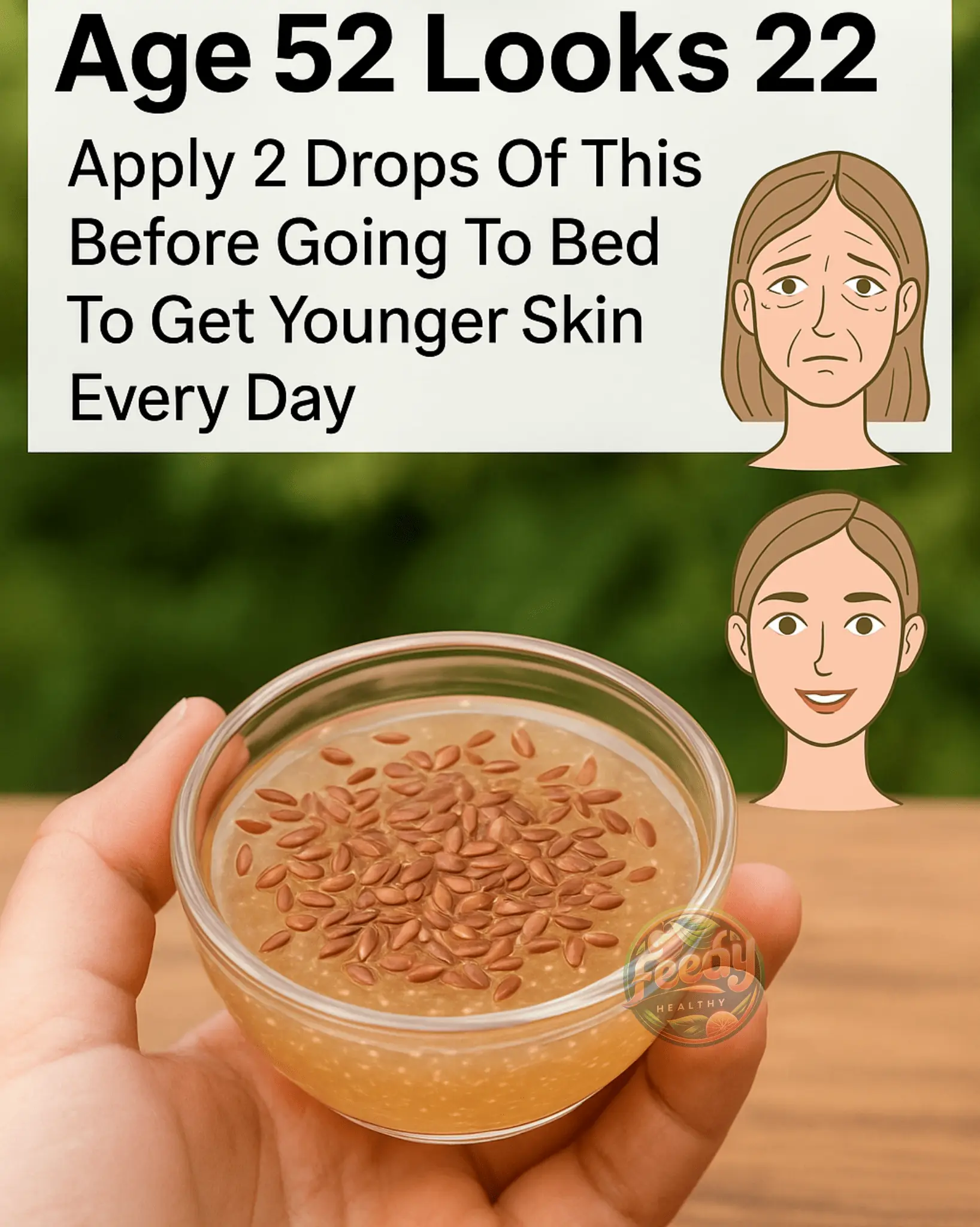
Flaxseeds Sleeping Mask That Will Transform Your Skin

At 60, I Healed Cancer, High Blood Pressure, Diabetes, and Poor Circulation – Thanks to This Natural Drink

The story behind the tiny pocket on your jeans
